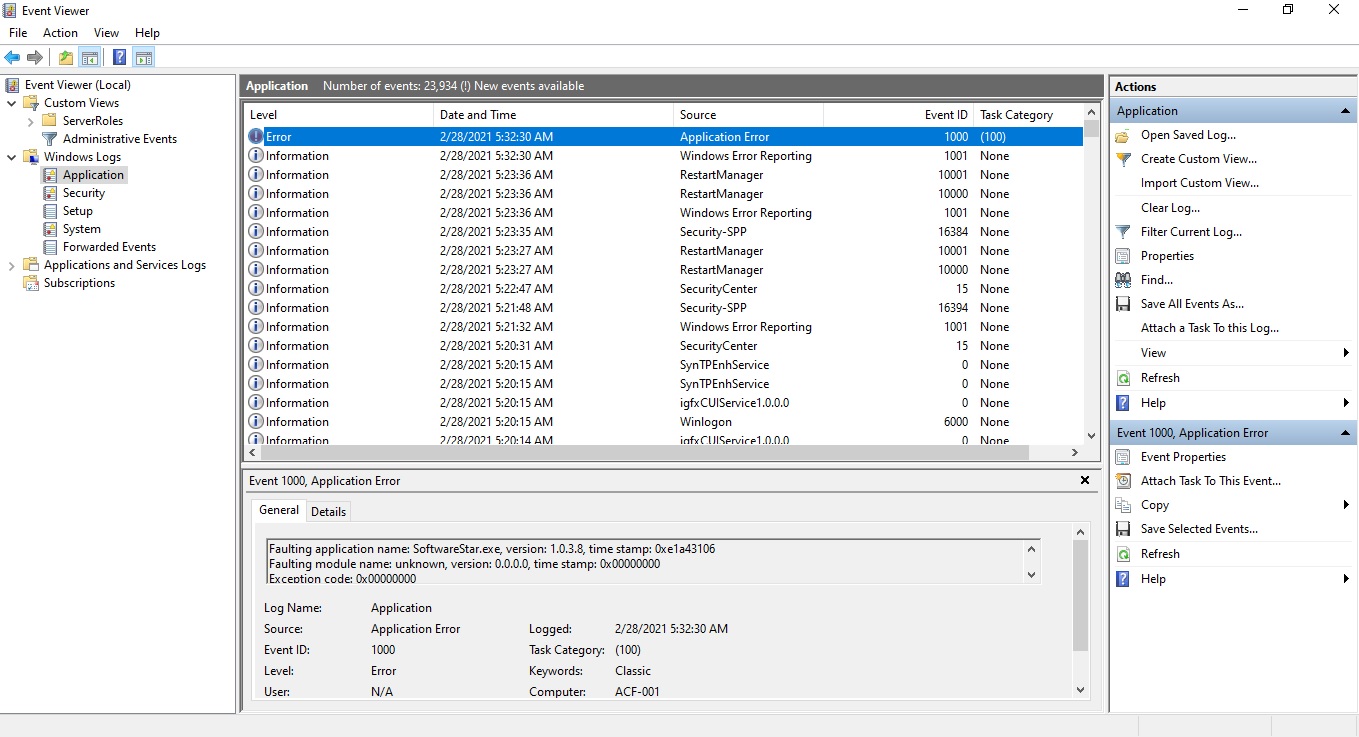Error handling and an error management architecture is an essential part of every software application. At the most basic level, every sub procedure and function must include error handling. Furthermore, there should be some fundamental building blocks in every Error Management Architecture:
- Error Logging – Log all errors to a file or a database table. Another option is to log errors to the Application Event Log.
- Error Tracing – Error tracing should concatenate up the procedure’s name. In other words, the Error Source should not only have the current method’s name, but should also have the names of the sub-procedures that were called by the procedure before the error took place.
- Error Response Time – Some errors need to be responded to as soon as they take place. These errors should alert a person or team that is responsible for evaluating errors as soon as they take place. One of the most basic approaches to managing error response time is to have the error e-mailed to a team member or group that is responsible for responding to high priority errors.
- Shared Error Handling Routines – Error handling should be put in a class that is shared across all software applications. I place all error handling routines, string handling routines, VB.Net control routines and database access routines in a dll that is installed in the Global Assembly Cache.
Exhibit 1: Application Event Viewer

